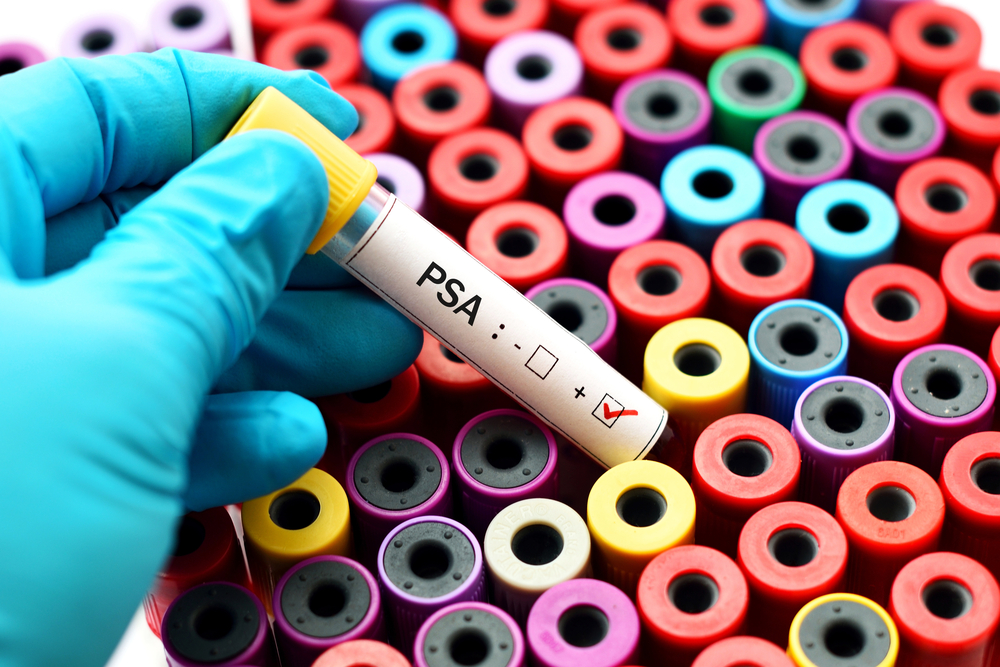Understanding The Causes Of High Psa Levels
Understanding the causes of high PSA levels
PSA stands for prostate-specific antigen and is a protein that is produced in the cells of the prostate gland. In certain cases, when the levels of PSA in the blood are elevated, it might be indicative of prostate cancer. Since 1986, PSA tests have been used as a means to monitor the progress of prostate cancer. There are several other causes for the increase in the PSA levels as well. Read on to know more about the PSA test and the causes of high PSA levels as well.
What is a PSA test?

- The PSA test helps measure the amount of PSA levels in the blood. In order to perform this test, a blood sample is collected and sent for analysis to a laboratory. The results are then returned in the units of a nanogram of PSA per milliliter of blood (ng/mL).
- Since 1994, it has been used in conjunction with a DRE (digital rectal exam) to test if the person has prostate cancer. Anyone who exhibits symptoms of this type of cancer needs to undergo the PSA and DRE tests to help doctors diagnose the condition efficiently.
- There are several benign conditions that can also result in the increase of PSA levels in a man’s blood.
Is the PSA test required for screening of prostate cancer?
- An annual PSA test is recommended for men above the age of 50. Those posing a higher risk factor, such as patients with a family history of prostate cancer or African-American men, are recommended to get this test done from the age of 40–45 itself.
- There are, however, some risk factors that come with the screenings. It is important to discuss with your doctor and understand all the risks that come with this test.
- Medicare even has plans where it covers the expenses of an annual PSA test for those above the age of 50. There are also private insurers who cover PSA test screenings as well.
How are PSA test results useful for patients being treated for prostate cancer?
- This test is used to check if cancer has recurred. If a man has high PSA levels even after the treatment, it is a sign that he might have a relapse.
- The high PSA levels are often recorded months or even years before any signs show up. PSA tests are taken over a period of time and monitored to check if the patient has high PSA levels.
What do high PSA levels indicate?
- If a person who has no symptoms of prostate cancer shows high PSA levels, running another test is recommended to ensure that the results are correct and not a false positive. It is then recommended that the patient undergoes regular PSA tests and DRE to monitor the high PSA levels over time.
- If the level continues to increase and there is also a lump that is found in the DRE, some more tests will have to be taken. This includes a urine test, ultrasound, cystoscopy, and X-rays. If prostate cancer is ruled out, the doctor might recommend a prostate biopsy.
What are the possible causes of high PSA levels?
While high PSA levels in the blood may be a sign of prostate cancer, there are many other conditions that can also be the reason behind this increase. Here are few of the other reasons why the PSA levels may be high:
- Aging is a factor that can affect your PSA levels. As you age, your PSA could even go up to 6.5 and still be normal; for instance, when you are 70, PSA levels of 6.5 are considered normal.
- Prostatitis is another condition that affects men below the age of 50 who have high PSA levels. It is caused by bacteria and can be treated with the help of nonbacterial prostatitis.
- There are certain medical procedures that can cause an increase in the PSA levels. These can include a biopsy or trauma after placing a catheter in the bladder. This normally subsides in a few days so a test must be done after a wait time of around 2–3 weeks.
- Benign prostatic hyperplasia (BPH) causes an enlargement of the prostate gland and shows high PA levels in the blood as well. A DRE can help distinguish between prostate cancer and BPH.
- In some cases, urinary tract infection can also lead to an increase in the PSA levels. Tests must be taken after the infection is cleared to ensure the results are apt.

